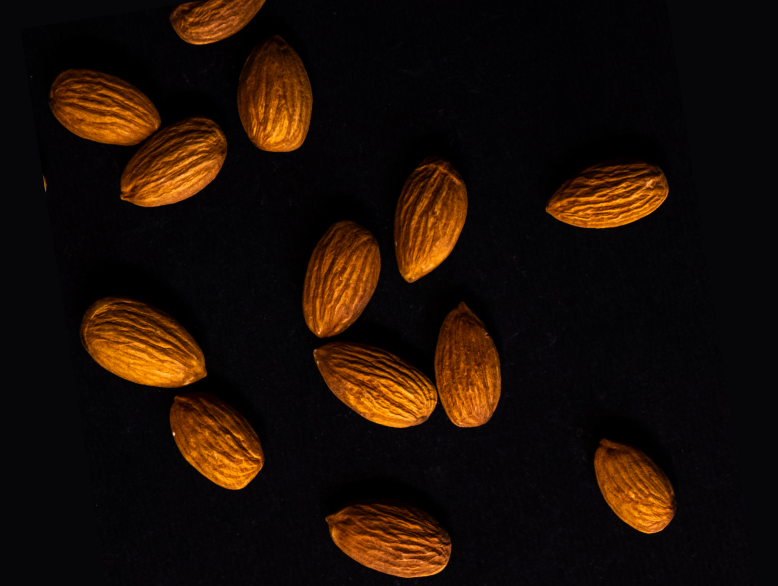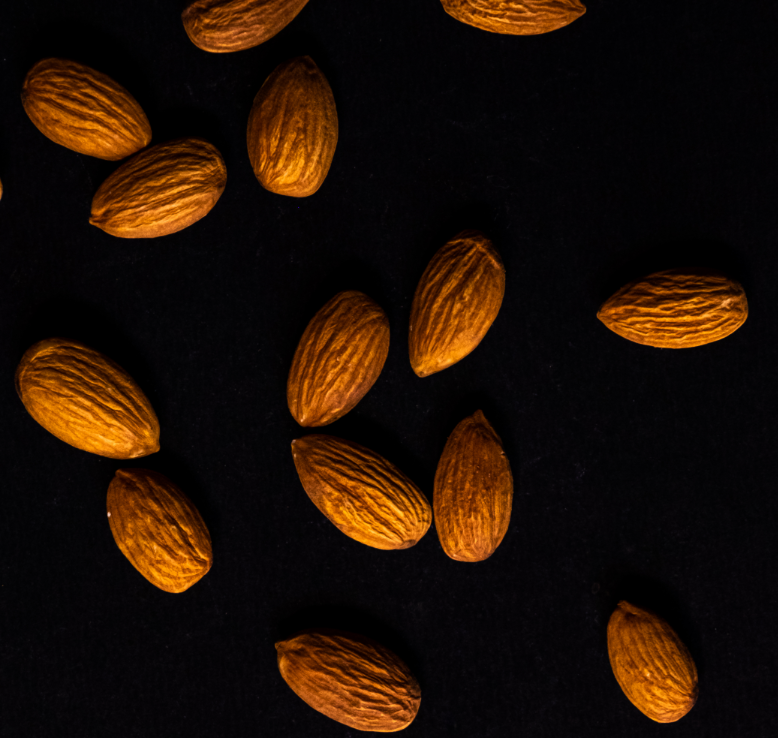










Feb. 2024 Position Report


The great pace of shipments and new sales continued into February 2024. Although bloom is an exciting time for the industry, we are still months and months away from harvest and a lot can still change.
The February Position Report was released on Tuesday, March 12th. Deliveries and sales for February remained on par with this season’s previous reports and landed well within industry expectations.
The year-to-date crop receipts now total 2.41 billion pounds, which is 4.5% below the 2.52 billion pounds received to date last season. It looks as though the last few almond hullers finally wrapped up their 2023 processing season in late January or early February. Receipts saw a steep decline last month with only 18 million pounds reported. This makes 2023 the lowest February receipts in the last five years. Based on the March through July averages over the last five years the final crop receipts should land between 2.43 and 2.45 billion pounds. However, the record high inedible percentages this year will further reduce the marketable crop by another 100 million pounds, or more.
Total shipments for the month were 221.1 million pounds. This is a decrease of 10.0% when compared to last year’s 245.7 million pounds. Export shipments came to 162.3 million pounds, which is down 13.8% from last year. Domestic shipments landed at 58.8 million pounds. This is up 2.3% versus last season’s 57.5 million pounds. While these shipping numbers fell short of last year’s records, they are still strong when you compare them to February’s historical data. Overall, California is 5.6% ahead of the 2022 crop’s year-to-date shipments and still on track to get the carryout down to 500 million pounds.
New sales for the month were 214.6 million pounds compared to 190.3 million pounds sold at this time last year. These solid sales numbers will continue to set the industry up for good shipping numbers in the coming months. The year-to-date sold position sits at 69.7% based on a crop size of 2.45 billion pounds. This is slightly ahead of last year’s 68.4% sold position.
Overall, it was another great report and if we looked at crop prices solely based on the data it contained, we should be looking at some slight increases. When we look beyond this report, the larger topic of discussion has been bloom and the 2024 crop size. Over the last couple of weeks, buyers have used the favorable bloom weather and the potential for a larger crop to try and push down pricing. While buyers and sellers debate the crop size and pricing, we have seen sales volumes dramatically decrease. Regardless of how big or small the 2024 crop will be, we still have 6-7 months until any of that crop will be available to ship to customers. The 2023 crop had the lowest yields and the highest inedible percentages in the last decade which only makes the marketable crop even smaller. If buyers wait too long to cover their needs, they may find themselves out of luck if we have any weather events that damage the new crop over the next couple of months.



